Three designs for Luton War Memorial
Current Location
Classification
Source
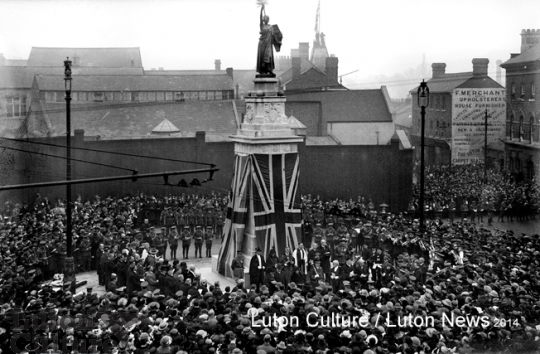
Three invited designs for Luton's War Memorial were submitted for consideration on September 3rd, 1920. The Luton News on the following Thursday said all three were artistic in conception and represented the thoughts of all towards the men who fought and fell in a lofty symbolism worthy of the deeds and sacrifice to be commemorated.
The eventual winning design chosen by the Luton War Memorial Committee was submitted by Sir Reginald Blomfield. It is the one we see outside the Town Hall today and was described as of the vertical type and about 20ft in height. On the summit of a Portland stone pedestal was a draped figure offering the olive branch with one hand and bearing in the other a winged figure of Victory. On the sides of the pedestal were to be bronze plates for the names of the fallen.
Sir Reginald charged a fee of £125 for the submission of the design, but he said that would be absorbed into the total cost, which was estimated to be just within £6,000. Detailing his estimate in a letter, Sir Reginald wrote: "For the memorial in best Portland, exclusive of foundations, £2000; foundations, unless there are exceptional difficulties on the site, should be done for, say, £250; the cost of casting only to the bronze inscription panels is £540, to which has to be added the cost of modelling the panels, which would bring this item to about £800; if the bronze panels were omitted and the letters incised only on the stone there would be a considerable saving on this. Sculptor Sir Henry [Hamo] Thornycroft's work would come to about £2,500, bringing out the total to £5,550. My fees at six per cent, and expenses, would be about £350."
A second vertical memorial design was submitted by sculptor Mr Henry Charles Fehr. At 29ft high, he estimated the cost at £5,000. On the top of a stone pedestal would be placed a handsome statue in bronze representing a Victory Peace figure eleven feet high. Bronze panels for the names of the fallen would be on the front and back of the monument.
On either sides would be bronze figures of a soldier and a sailor. Wrote Mr Fehr: "I feel we all like to see our boys in not a fighting attitude but rather thoughtful and yet alert and in full kit."
The third design was from local architect Mr Basil C. Deacon. His general concept was of an oval sanctuary raised on steps and partially enclosed by surrounding walls, with monumental pedestals carrying sculptured groups of figures at either end. The centre feature, or Cenotaph, consisted of a massive block representing the "Stone of Sacrifice" on the lines of that adopted by the Imperial War Graves Commission, and it supported a trophy of military equipment in bronze. Of the two groups of sculpture, one on the east side depicted Victory and the one on the west side Peace.
In the Victory group, the central figure of Britannia held a winged figure of Victory in the right hand with a defensive shield carried over the right shoulder. The principal figure in the Peace group represented Peace offering the olive branch to the world. Hope sprang by her side as a winged figure of a youth with arms reaching upwards, and two smaller figures represented Prosperity and Purity.
Mr Deacon said he thought the horizontal treatment of the design, with its sculpture at either end, represented a more restful and dignified result than could be obtained from a more vertical treatment, and moreover its effect would add an appearance of breadth and spaciousness to the surroundings without in any way obstructing the from the view of a future Town Hall in the background. It also provided ample space for anniversary services and would accommodate a large number of floral tributes.
He estimated the total cost at £4,993 10s, and he even submitted a framed sketch of his design with an imaginary classical-styled Luton Town Hall in the background.
All three designs were submitted at the invitation of the Luton War Memorial Committee. A fourth unofficial design, supplied by Messrs H. M. Martin and Co Ltd, provided for a figure of Victory on a large pylon at an estimated cost of £2,860. It came with a sketch of the monument in front of an imposing domed Town Hall with a Grecian facade in the background.
The chosen design by Sir Reginald Blomfield was unveiled by Lady Ludlow on December 10th, 1922.
Object Location
Author: Deejaya


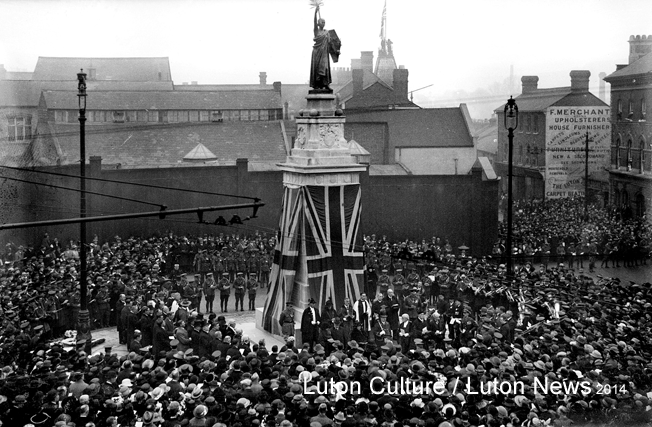
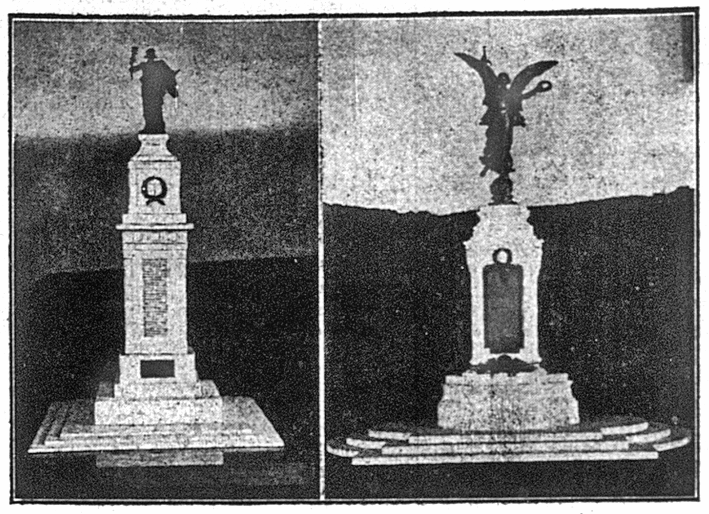
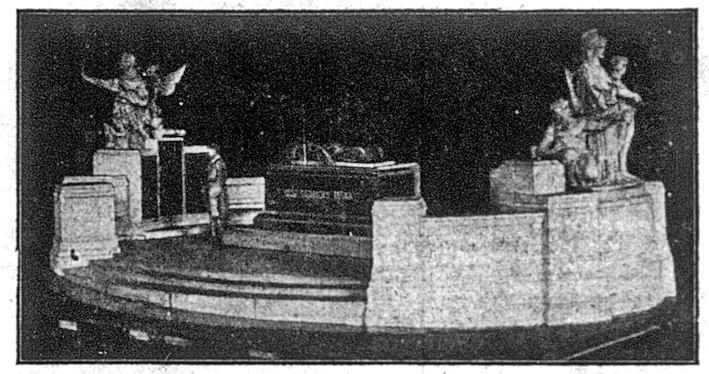
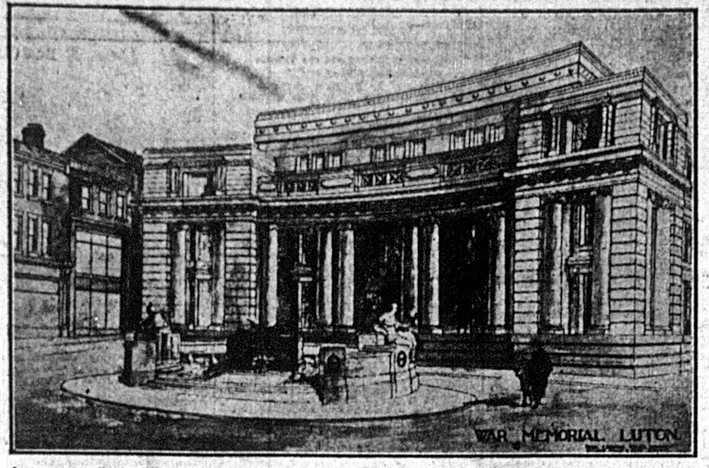
Add comment